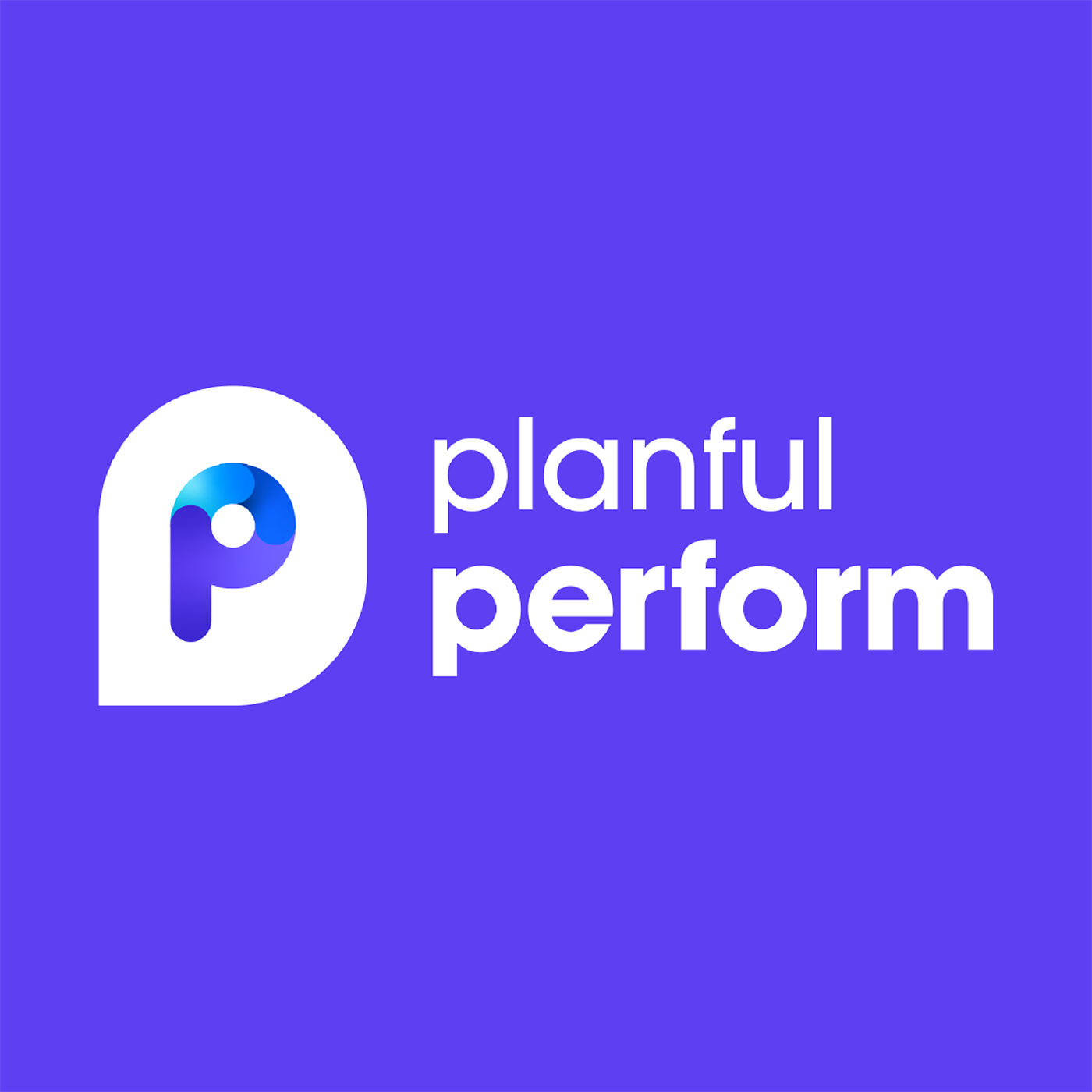Minimizing Your Monthly Close with Ben Page
- 0.5
- 1
- 1.25
- 1.5
- 1.75
- 2
Ben Page: Thanks, Cam. Hi everybody. And again, we're here for minimizing your monthly close. My name is Ben Page. I'm the Director of Solution Consulting. I've been with the organization for 10 years now and be happy to take you through this presentation today. So today's agenda. We're going to talk a little bit about why now is the right time. Lots of the talk this morning obviously around the change in working environments, the competitive culture of the environment. We're going to talk a little bit, why is now the right time? We're also going to cover a little bit about how Planful helps and what we're going to do to help you with a solution for your organization. And then we'll get into a little bit of a consolidations demo where I'll show you some of the tips and tricks and how this will impact your organization. Now when you think about financial consolidations, lots of the organizations that we're talking to these days are still working in the world of Excel. And as you know, there's a lot of risk that is inherent within that process. There's too many companies who don't have any type of solution. And so what that really does for them is it makes them inefficient. I mean, what we really want to do is talk about our ability to make you a much more nimble organization. Those manual processes inherently have lots of risk that come with those. In fact, it's really interesting when you start looking at some of the facts that are out there, and when you talk about consolidations errors. Back in 2003, there was an error by Fannie Mae. It actually caused a$ 1. 1 billion error in the statement of equity. And really when they recapped what that meant to them, they called it just an honest mistake. And then in 2005, Eastman Kodak had a$ 9 million error in their spreadsheet, which had to be attributed to their financial loss. And again, they called that an internal control deficiency. What we really want to do is get you something that's much more automated, something that's much more nimble. We want to accelerate all of these processes. We certainly look at Planful as the end- to- end solution for the office of the CFO. We recognize that all these different processes that we're going to talk about, the consolidation, the adjustments, the reporting, they're all necessary for an organization to get much more nimble, to accelerate their processes. But it all has to be done in a way where it's going to remove risk and allow them to take time out of their cycles. We feel that this solution is really the only option for the end- to- end financial solution. And we're going to take you through a little bit of a demonstration this afternoon and show you what that means. We'll first start by talking a little bit about the process management. So how does this help your organization? We'll talk about what it means to be able to make those adjustments and eliminations, and how that then feeds into the reporting and analytics of your business. Now before I go to the demonstration, one thing I think would be valuable to pull up is a quote that we have from David Marino from Temple University. And it's really talking about the speed of implementation. So within just a mere four weeks, they were able to address their internal processes and be able to accelerate their close. And so with that, what I'm going to do is I'm going to move over to the demonstration and we're going to go ahead and get into the platform itself. All right. In the demonstration today, what we're only going to do is focus first on your overall process. So yes, there's a lot of things that we have to consider when you talk about closing consolidation. Typically in the past, we would talk consolidation, but now with our introduction of our strategic partnership with Adra by Trintech, we certainly do consider this a full close and consolidation solution. I start with my process by starting with my overall tasks and sub tasks. I'm here within our task manager, and you'll notice that I've got a number of different items that are identified, so specifically around my month- end close and consolidation. So this could be things like reviewing my trial balance, or maybe I have to go do some reconciliations. But with the ability to automate this process of tracking my tasks and sub tasks, I'm able to condense my cycle times. I give accountability to the folks who are responsible, so you'll notice that I have the ability to have these different tasks and associated individuals. I can track the progress that I have with them. And what I also like about this is I can use this as a launching point into my Planful application. So why don't we go ahead, we'll move over to the consolidations area of the platform. We'll talk a little bit about what that means to your organization. Planful is a purpose- built application for the department of finance and accounting. What that means is it has financial intelligence. It knows debits and credits, it knows balance and flow. It allows you to focus on your process and not have to worry about all the coding and scripting that comes with other solutions. On the left- hand side you'll see a number of different processes, and we'll talk about those. These are all some standard processes that you have to have while doing a consolidation. The solution itself is purpose- built for finance and accounting, meaning it has financial intelligence around currency and so built for multi- national organizations. Lots of different currencies. You'll notice on the right- hand side here, exchange rates. The ability to bring all of that into a platform and manage those different currencies. So things that are usually hard for organizations are things like constant currency, we remove that complexity. We give you the ease of and that flexibility to be able to go look at any currency against any scenario. Okay. This is also going to be done in a way where again, it's going to be point, click and save. And as we talk about your platform and your processes, it really is around that secured environment, so the ability to have a strong security with segregation of duties. So if I go pick on myself here and just take a look at some of the different processes, you'll notice the processes down the left- hand side and different actions that we want folks to have. Again, segregation of duties is so critical. It also helps us drive that SOC compliance. So if I wanted to have my auditors doing things like test of controls and test of security, this is just another way that we can enhance that process. The Planful platform is also a fully auditable application, SOC 1, SOC 2, SOC 3 compliance, but also the ability to go see audit logs of all the activities that folks have performed. Just a nice way to be able to take this information, hand it off to your internal auditors, and really just condense that time it takes to perform things like a financial audit. Now many organizations that we look at, and as you heard Grant mentioned this morning, lots of M& A activity going on this year. And so as you're looking at the changing business environment, if you're making acquisitions of new businesses, Planful is a very user- friendly application to be able to get those new acquisitions folded into your structure. With that then, you have the ability to do things in either a centralized or decentralized process. Now when I think of the overall process, it always starts with data. So how do I bring my data in from my trial balances? We're agnostic to the data sources, bring in as many trial balances from as many different data sources. Generally in the local currency, because ultimately what we're really going to do is make the suggestion that Planful can become that system of record for you. Once you've automated that data load, I can do things like a flash financial close. So when we talk about taking cycle time out of your existing process, this is one way to do that. Condense the time by doing things more, more frequently, and be able to not have to wait for a big bang effect at the end, be able to take smaller chunks and be able to shorten down that process. As I load that data in, in natural its currency, the platform itself will do the currency conversion. Then your actions are going to be maybe things like topside entries, or business rules to make adjustments. And so that's what you see here on the left- hand side, standard journals, recurring journals and dynamic journals. If we go into just a standard journal, this could be somebody has an invoice on their desk at the last minute. They forgot to send it into AP and it's material enough that we want to get it recorded. You could go ahead and record that within Planful and then have them put that AP invoice through it's normal process. We would have the ability to make it an auto reversing entry. And that would allow us again to just compress that cycle time, keep things moving. You'll notice that I can make entries in local currency or common currency, and the system will do that currency conversion. And then it really probably looks like every journal entry you've ever seen, where I'm going to pick things like account entity department and so on. And then I have debits and credits, and my debits and credits have to a balance. They don't balance it. Won't allow you to post the entry. So think of this as that one time entry inaudible the true topside. And then there's also the ability to have recurring journals, which looks very similar to what we were just looking at. But you'll notice here, it has a start date and an end date. So think of this as maybe something like an accrual or something that repeats more frequently. Dynamic journals is really more of a rules- based adjustment, so things like allocations or estimated tax entry. You'll notice as I go in, it looks slightly different. It still has that same look of my dimensions. But then when you move to the right- hand side, you'll notice there's no values typed, and instead, there's what we call a rule. So think of that as taking a percentage times an income number for a royalty or something to that effect. The system is doing the calculation, the system is driving that result. But it still has that security and it still has that validation that you would expect, so debits and credits still have to balance. We're also purpose- built for organizations that aren't necessarily a simple wholly owned organization. So you may have companies that are partially owned, minority interests, so we support that straight out of the box. And again, this is all being done through a very easy interaction, without any specific scripting. Reclassifications are pretty common as well, so moving things around, sometimes it's easier within your system of record to make the adjustments after the data's been loaded in. But then I get to eliminations and eliminations in my book is probably the most complex thing you see in large, complex multi- level organizations. So we consider these what we call elimination sets. So whether that's sales or cost of sales, or intercompany AP and AR, think of that as the automation of that process where I'm going to go make those eliminations. What's really nice about Planful is it allows me to have dedicated suspense accounts, so in this case, sales and cost of sales. My out of balance is actually profit and inventory. Where as something for AP and AR may be a true error or need to go to a different suspense account. I have the ability then to put some color- coding material thresholds in, and that will allow the system to not only do the validation and the error checks for you, but it's also going to give you that visual indicator as well. So in this case, I've got my intercompany sales and cost of sales. And after I run that, what I'll have the ability to do is run a variance report, and that variance report is actually going to go take a look at that data and show me where there are any items that are out of balance. Let me go ahead and I'll run that here. I'll do that on this individual elimination set here. Look, what the system is actually doing is evaluating all of the data and it's checking to see what is actually in balance or out of balance. What it's going to return is a heat map, if you will. What's important is when we're trying to take the cycle time out of your process, the first thing that you want to start with is what are your materiality thresholds? So, yes, down here, I've got some items that are out of balance, but it's a very small amount. Where I'm going to start my time up in these large items. So my entities between US and Mexico, I have the ability to drill in and see where I have out of balance. I think this is probably the part that is really complicated for most people, it takes a lot of time and a lot of frustration. What we're going to do is we're going to automate that process for you. Now what that means is you've got less time bringing all that data together, less time having to go bounce numbers against each other, and you're going to get more into the financial analysis side of the business. I do the consolidations, not just for the sake of doing financial consolidations, it's really so I can get to financial reporting. So after I've loaded my data, I've processed my different areas, whether that's standard journals, recurring journals, eliminations, I didn't make my move over to my financial reporting. Using that same database that we're talking about for the consolidations, I'm now getting into the financial reporting. So three statements, income statement, balance sheet, statement of cash flows, as well as operational reporting. You'll notice that I have a full file cabinet on the left- hand side. I actually like to navigate my day out of my favorites. So I'm just going to open up a P& L. And really the power here is to do the things in an automated fashion that you're probably doing in Excel today, and it's probably a much more complicated activity, which is just co- mingling that information or aggregating data. In my case, I have an income statement, but I have the ability here, with just a single click of a mouse, to be able to go down from consolidate company. Maybe I just wanted to run something for North America. So just with a simple click of a mouse, I've now been able to get to that information. Now all this data is fully secured to the individual. So if I only had responsibilities for Mexico, all I see is Mexico. If I had responsibilities for the EMEA region, all I could have access to is the EMEA region. The reporting is very flexible, very user- friendly. We use a concept called substitution variables so that we can roll data forward from period to period. And what that means for you and the value for you is no maintenance on reporting. Again, removing that cycle time, automating processes and accelerating your overall close. If I can run that income statement or the balance sheet, what I used to have to experience in my role was communication with my organization then. I have lots of questions and I need answers to those. And so in the old days, or maybe even for some of you today, it's drafting an email, sending that off and having to track all those emails. Well, what would it mean for you if all of a sudden you could actually have that conversation within the reports in front of you? So we have the ability to use what we call dynamic collaboration, where I can go ahead and have a conversation within the database. I'm going to go ahead and just initialize a conversation with a coworker here. And by creating this part of this conversation, it's actually going to notify Justin that I now have an action that I need him to take. So again, the value is removing the back and forth of the manual work, putting it all in the database. And the thing that's really nice is, a year from now, when the conversation comes up of comparisons and somebody says," Why did something happen?" You have that information at your fingertips. Now of course, within the Planful reporting, whether that's an operational report or a financial report, we have the ability to run these reports at local currency and common currency. We have the ability to drill down into additional levels of detail. And of course we can always double- click to go get transactions that support that information. What we're really going to be doing is driving the improvement of financial intelligence across your audience because we're going to remove the time they spend bringing data together, and really focusing on the analytics of the business. And automating these processes, even to the extent where maybe if you had any scanned images, you could even bring stuff like that in. So again, removing this need to be logged into multiple systems, have one place to work, have all the information at your hands and that one version of truth. And again, ultimately we would make the argument that Planful becomes that system of record. The reporting itself is going to be very nimble, it's going to be very user- friendly. We have the ability to distribute these out to other folks within your organization. If you have people who don't want to log in, but they have the need for that information, we can do that. We'll certainly be able to give you the ability to integrate this with Microsoft Office Suite. So whether that's Microsoft Word, PowerPoint or Excel, you can tie into the same database. And the goal here is really to condense that cycle time, give you an automated approach to reporting, to analytics, improve the intelligence of your overall team. And so with that, I'm going to just summarize it by Planful is the end- to- end solution for you, your finance and accounting teams. And with our wonderful partnership with Trintech, we're going to be able to support not only the consolidation side of the business, but the close as well. I hope you liked the session today. Look forward to any questions that you may post online and appreciate your time today. So Cam, back to you.
DESCRIPTION
Financial close and consolidation typically relies on a complex web of data, manual processes, disconnected spreadsheets, and email-driven collaboration. Learn how Planful eases and accelerates the process so FP&A has more time to help guide the business. You’ll see how it can eliminate weeks from consolidation by automating data collection and manipulation, increasing accuracy, and simplifying reporting.
Today's Guests








